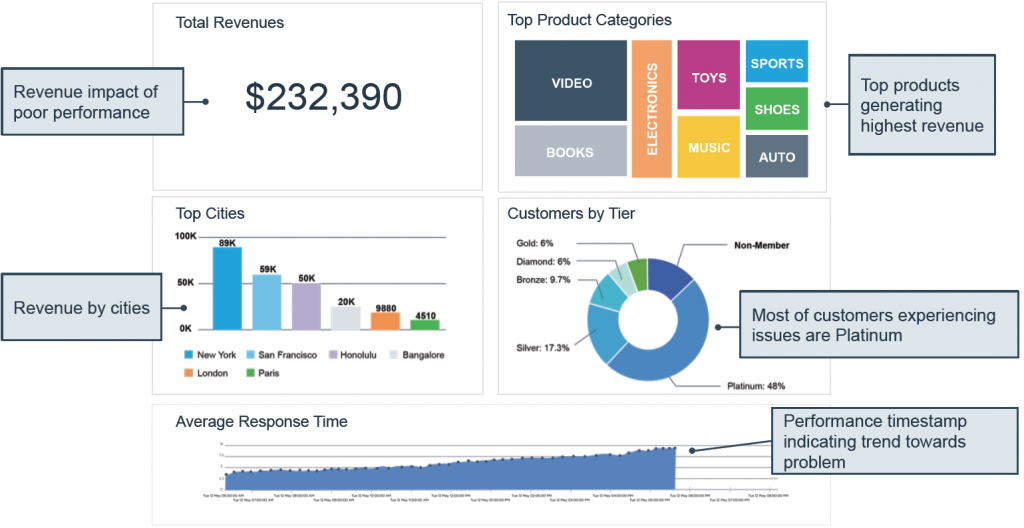Management consultants and pundits love to bandy about the phrases business agility and business velocity as though they meant the same thing. In reality, however, these are related, but very different concepts.
 Business agility is the ability for an organization to respond quickly and efficiently to change, and to leverage change for competitive advantage. Business velocity refers to how quickly an organization can respond to customer needs, as perceived by customers.
Business agility is the ability for an organization to respond quickly and efficiently to change, and to leverage change for competitive advantage. Business velocity refers to how quickly an organization can respond to customer needs, as perceived by customers.
As enterprises transform into digital organizations, software becomes an increasingly important part of both the business agility and business velocity stories. And yet, both these concepts refer to the organization itself, made up of both people and software.
In contrast, software agility means the ability for the software in an organization to respond to change as needed by the business, while software velocity refers to the actual performance of the software.
As one might expect, software agility drives business agility and software velocity drives business velocity. Neither is sufficient to ensure their business counterpart, as humans are an important part of the mix, but without software agility or velocity, the business is doomed to being inflexible and slow.
Perhaps more interesting is the fact that software agility is also an important driver of business velocity. In other words, software must be both fast and flexible or the business will slow down.
Any knowledge worker who has had the displeasure of working with inflexible software will confirm this statement. When inflexible software runs into a situation it can’t handle, it’s up to the human users to take over for the software, thus slowing the business down.
Today, the business agility challenge is to take the human out of this loop whenever possible. The more flexible the software, the faster the business goes.
AppDynamics: Real-Time Business Insights
This relationship between software agility and business velocity is at the heart of the application analytics capabilities from AppDynamics.
As a next-generation application performance management (APM) vendor, AppDynamics has expanded the APM story, connecting it to business transactions. This connection is vitally important to today’s software-driven organizations.
Yet, traditionally, IT hasn’t been able to respond in real-time. IT has historically had access to operations data, including browser, mobile, app, and infrastructure performance – but it struggles to connect the dots with marketing or other business data.
Yet, when the business wants to deliver a superior customer experience with zero downtime, thereby reducing customer churn, IT must step up to the plate and understand changing usage patterns, prevent performance problems, and accelerate the release of new features.
In order to accomplish these tasks, IT – operations and development in particular – must understand the correlation between business and software performance in real-time. And yet, today’s established big data analytics approaches fall short on this real-time requirement. Instead, today’s data analysis is backwards-looking, and can’t keep up with today’s agile apps.
Furthermore, today’s organizations need specialists who know how to analyze the data, thus slowing the process down. And the data the business does have is out of date and often lacks sufficient detail for optimal decision making.
Traditional big data approaches also typically require repeated custom development, because developers must change the code that drives the analytics. With custom big-data analytics, any new report becomes yet another development project. Such modern development is iterative, but it’s still slow and hard to maintain for rapidly changing apps.
AppDynamics has solved these problems. By offering real-time visibility into the performance of the business (not just the technology), decision makers are now freed to manage their software-driven organizations at the business level, instead of making decisions that must drive additional custom development. A diagram illustrating this real-time business visibility appears below.
 Real-Time Business Visibility Example (source: AppDynamics)
Real-Time Business Visibility Example (source: AppDynamics)
The Intellyx Take
The real-time visibility that AppDynamics can provide gives its customers the software agility they need to drive business velocity. Business users can now focus on the important insights that the underlying data can provide. Such insights can raise the level of value those users can now provide to customers.
For example, AppDynamics enables business impact analysis. Identifying failed transactions in order to craft a personal response or a win-back campaign are examples of the power of such analysis.
Other uses cases include usage analytics, which can increase user adoption by helping business decision makers understand customer engagement drivers, and advanced performance analytics for automatically prioritizing app performance for high-value customers and partners.
In the final analysis, modern enterprise digital apps connect the user experience across all touchpoints to back office systems, and every link in this complex technology chain must perform properly for customers to have the experience they desire.
By providing real-time visibility into the business performance of such applications, business users have the appropriate tools to manage their customers’ experience in real-time, thus delivering on the promise of business velocity – a capability that goes straight to the bottom line.
Intellyx advises companies on their digital transformation initiatives and helps vendors communicate their agility stories. AppDynamics is an Intellyx client. Intellyx retains full editorial control over the content of this article.



